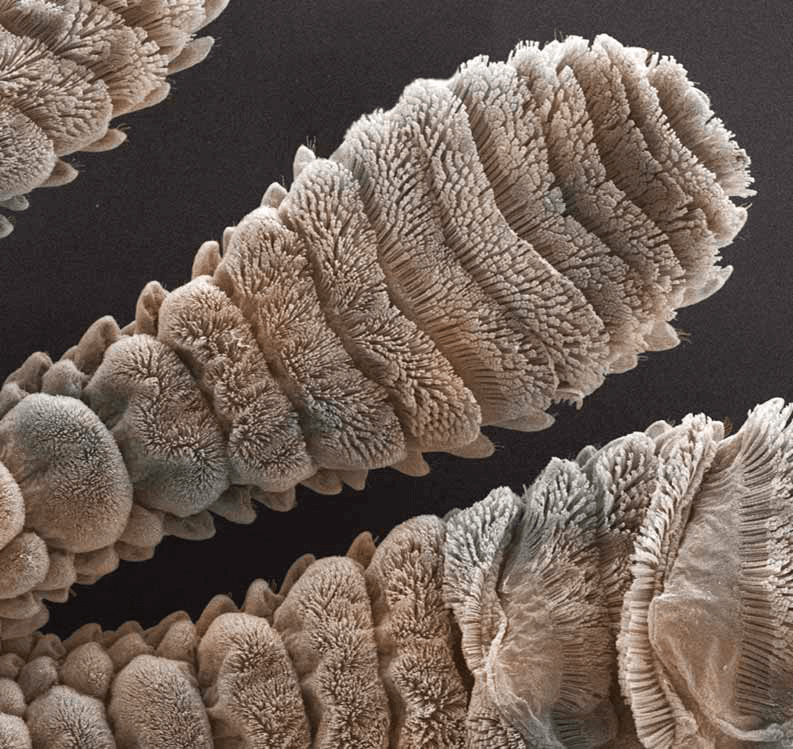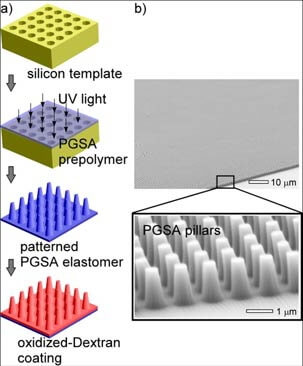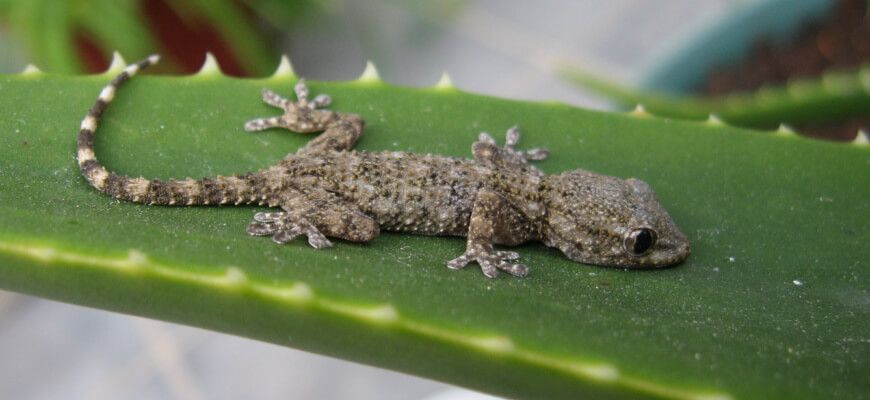Hello again. Today I will write about a well known topic: the Gecko. But don’t be afraid, this won’t be the 10.000s article about how the gecko can climb up on smooth surfaces. This time I will give you an idea, how you could use this phenomenon during your daily or maybe professional life.
This article will be the first one in a new category. „How to use“ will be a category where we will give you some insight into the market. What is already implemented? What is in development? Where lies potential for other applications? And so on…
Introduction: Gecko
First of all, I won’t write about how the gecko feet work, but for those who don’t know about it. Here are some links to get to know the basics.
- In this Wikipedia article you can find some general information about the gecko. You get also some facts and numbers about the gecko feet itself. [1] [2]
- Here you can find an article from the „American Scientist“ magazine (pdf file). It goes deep into the details and gives you all numbers do you need to understand how the „Van der Waals Forces“ are working. The article includes also some very impressive pictures. [3]
- In addition, for our German speaking readers, I found a nice article from Zeit in 2005. [4]

lamellae and hair of the gecko feet, [3]
Possibilities on a gecko’s feet
Now, I think, you know more than enough to follow your own ideas about „How to use“ it.
In general, the advantages of a product using the principle of gecko feet could be:
- It is attachable on different kind of surfaces.
- It is removable without any residues.
- A self-cleaning surface can be realised by a high „hair“ density.
- Because it sticks without a clue and only by structure it is usable on wet surfaces and in a wet environment.
- Depending on the „hair“ density it is possible to carry several kilograms per cm².
Gecko tapes today
During the International Project Week 2016 in Nordhausen, a team of my students chose the gecko tape as a topic and did a little research about it. Their ideas and experiments led to this article- let me tell you why.
In 2011 a gecko tape won one of the most important design prices, the iF Product Design Award*. This tape was developed by Biomimetics scientists of the Christian-Albrechts-Universität in Kiel and the company Gottlieb Binder. Binder is a known name inside the classic tape industry for their non-glue based products. Their tape is also able to attach on skin and is possibly usable for medical purposes. It seems that they use a casting or pouring procedure for production. A sheet of 20 x 20 cm (~8 x 8 inch) can carry a man, while sticking on a glass surface. [5] [6] [7]

Hanging around… Dr. Mark Miodownik (journalist), picture by Claudia Eulitz
Somewhere else over the sea
Of course, Germany is not alone with work done on the gecko phenomenon. Also the MIT scientists created something interesting, a gecko bandage. Again a product that was advertised for a possible use in medical care. The researcher mentioned that it could be used for closing wounds. [8]

Process setup gecko bandage, graphic by Edwin Chan and David Carter [8]
The last product I want to show to you is the so called „Geckskin“ by UMass Amherst, another university in Massachusetts/USA.
They have actually a very nice promo video, which I would like to use here 😉 Further information you can get here. [9]
Do It Yourself
As I mentioned before, I found a very nice video. A Do It Yourself tutorial about gecko tape. It is from the National Informal STEM Education Network (NISE). While it gives you a very nice overview about this small experiment, the video is not so professionally done. At least it has all information you need with some fancy elevator music! [10]
The NISE gives you also more information about the experiment setup. Furthermore, here you can find some pictures of the actual „tape“ you were producing. The pictures are done with a scanning electron microscope (SEM) and can give you a comparison to the SEM pictures you can see in the American Scientist article.
So thank you for reading my article. Finally, if you have any comments to this article or to the new category „How to use“, please feel free to write some lines below.
Have a nice week,
Jan




Where can I purchase GECKSKIN?
Hi Joseph,
I think the company is called „Binder“ and they sell the product under the name „Gecko® Nanoplast®“.
kind regards,
Jan